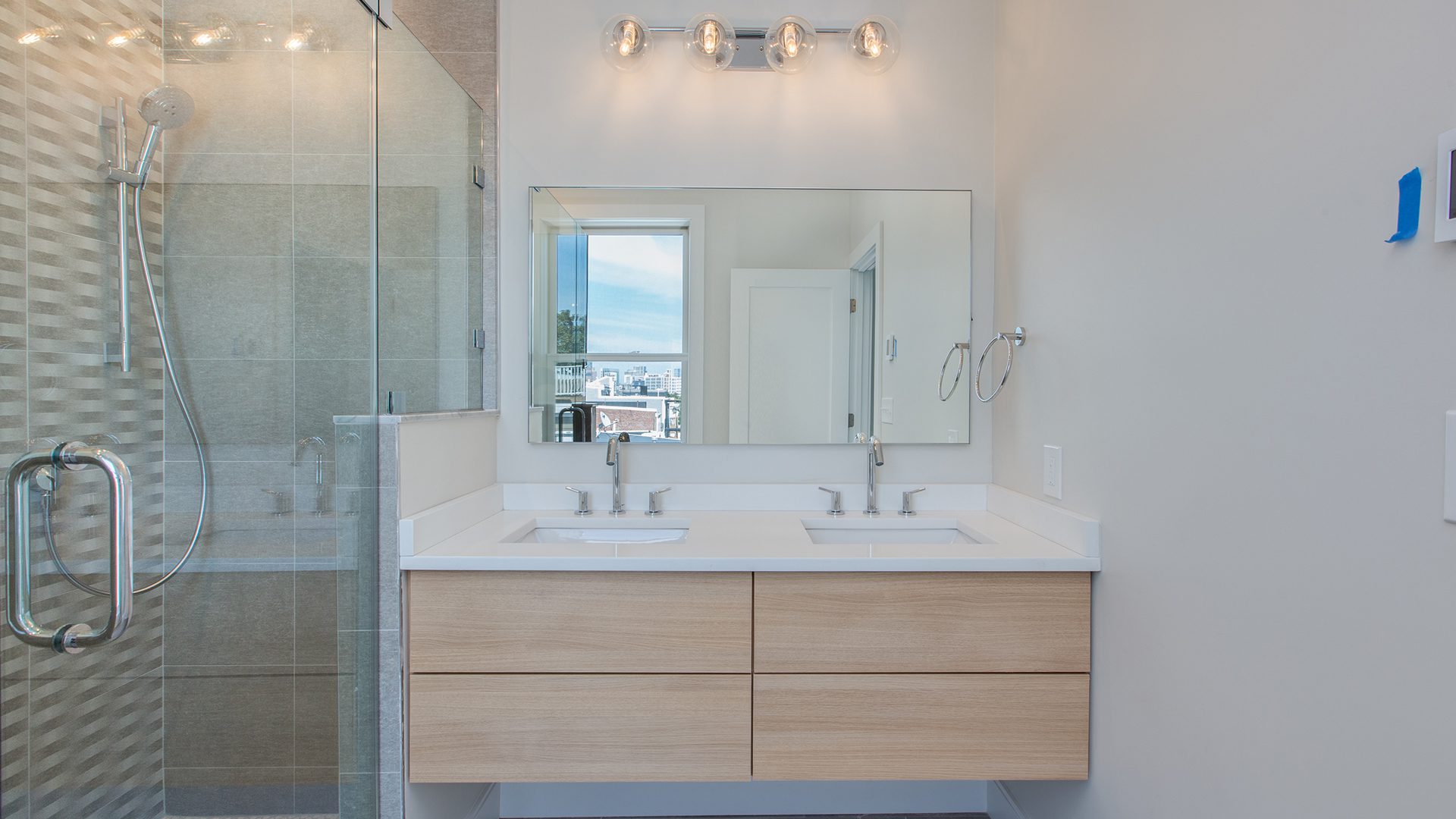Accessible bathroom remodeling is a crucial aspect of creating inclusive and comfortable living spaces for individuals with mobility challenges. Whether due to aging, disability, or injury, ensuring that bathrooms are designed with accessibility in mind can greatly enhance the quality of life for people facing mobility limitations. In this article, we will explore the various elements involved in designing accessible bathrooms, focusing on comfort and convenience for users.
Understanding Accessibility Needs
For individuals with mobility issues, navigating traditional bathrooms can pose significant challenges. Tasks as simple as entering and exiting the shower or reaching for toiletries can become arduous or even hazardous. Understanding these challenges is essential in creating bathrooms that cater to the specific needs of users.
Key Features of Accessible Bathrooms
Accessible bathrooms incorporate various features to enhance usability and safety. These include strategically placed grab bars and handrails, non-slip flooring to prevent falls, roll-in showers with no barriers, and sinks and countertops designed to accommodate wheelchairs.
Designing for Comfort
In addition to meeting accessibility requirements, it’s important to consider user comfort. This involves understanding individual preferences and offering customization options such as adjustable shower heads, seating in the shower area, and temperature-controlled fixtures.
Incorporating Convenience
Modern technology has made it easier than ever to incorporate convenience into accessible bathroom design. Smart fixtures, motion-sensing faucets, and automated lighting systems can all contribute to a more user-friendly experience. Adequate storage solutions for accessibility aids such as shower chairs and grab bars also play a vital role in enhancing convenience.
Materials and Finishes
Choosing the right materials and finishes is crucial in creating accessible bathrooms that are both functional and aesthetically pleasing. Durable and easy-to-clean materials such as vinyl flooring and acrylic shower surrounds are popular choices. Additionally, there is a wide range of stylish options available to suit various design preferences.
Maximizing Space
Space optimization is key in accessible bathroom design, especially in smaller bathrooms. Layout considerations should prioritize maneuverability, with ample clearance around fixtures and clear pathways for wheelchair users. Utilizing vertical space for storage can also help maximize available space.
Cost Considerations
Accessible bathroom remodeling doesn’t have to break the bank. There are plenty of budget-friendly options available, from simple modifications to existing fixtures to more extensive renovations. Investing in energy-efficient fixtures and appliances can also lead to long-term cost savings.
Professional vs. DIY
While some accessibility modifications can be done as DIY projects, complex renovations are best left to professionals. Hiring a reputable contractor ensures that the work is done safely and up to code, minimizing the risk of costly mistakes.
Regulatory Compliance
It’s important to familiarize oneself with relevant regulations and guidelines when undertaking accessible bathroom remodeling. The Americans with Disabilities Act (ADA) provides specific requirements for accessible design, and local building codes may also have additional requirements.
Case Studies
Examining real-life examples of successful accessible bathroom remodels can provide inspiration and practical insights for homeowners considering similar projects. From simple updates to full-scale renovations, there are countless ways to create bathrooms that are both accessible and stylish.
Tips for Hiring Contractors
When hiring a contractor for accessible bathroom remodeling, thorough research is essential. Seek recommendations from trusted sources, ask for references, and obtain multiple quotes to compare pricing and services offered.
Future Trends in Accessible Design
As technology continues to advance, so too do innovations in accessible design. From voice-activated fixtures to sensor-equipped safety systems, the future of accessible bathrooms is bright. Sustainable and eco-friendly solutions are also gaining traction, offering environmentally conscious options for homeowners.
Common Misconceptions
There are many misconceptions surrounding accessible design, including concerns about aesthetics and perceived limitations in functionality. In reality, accessible bathrooms can be both beautiful and highly functional, with a wide range of design options available to suit individual preferences.
Conclusion
Accessible bathroom remodeling is not only about meeting regulatory requirements; it’s about creating spaces that prioritize comfort and convenience for users of all abilities. By incorporating thoughtful design elements and utilizing modern technology, homeowners can transform their bathrooms into inviting and accessible spaces that enhance quality of life.
FAQs:
- Q: How much does accessible bathroom remodeling typically cost?
A: The cost of accessible bathroom remodeling can vary widely depending on the extent of the renovations and the materials used. Simple modifications may cost a few hundred dollars, while more extensive renovations can run into the thousands. - Q: Will accessible bathroom modifications increase the resale value of my home?
A: While accessible features may appeal to a broader range of potential buyers, the impact on resale value can vary depending on market conditions and the specific needs of buyers in your area. - Q: Are there financial assistance programs available for accessible home modifications?
A: Yes, there are various government and nonprofit programs that offer financial assistance or grants for accessibility modifications. Eligibility criteria and available funding may vary by location. - Q: How long does it take to complete an accessible bathroom remodel?
A: The duration of a bathroom remodel depends on the scope of work and the availability of materials and contractors. Simple modifications may be completed in a matter of days, while more extensive renovations can take several weeks or even months. - Q: Can I make my bathroom more accessible without a full remodel?
A: Yes, there are many simple modifications that can improve accessibility without the need for a full remodel. Installing grab bars, adding non-slip mats, and lowering countertop heights are just a few examples of minor changes that can make a big difference.
